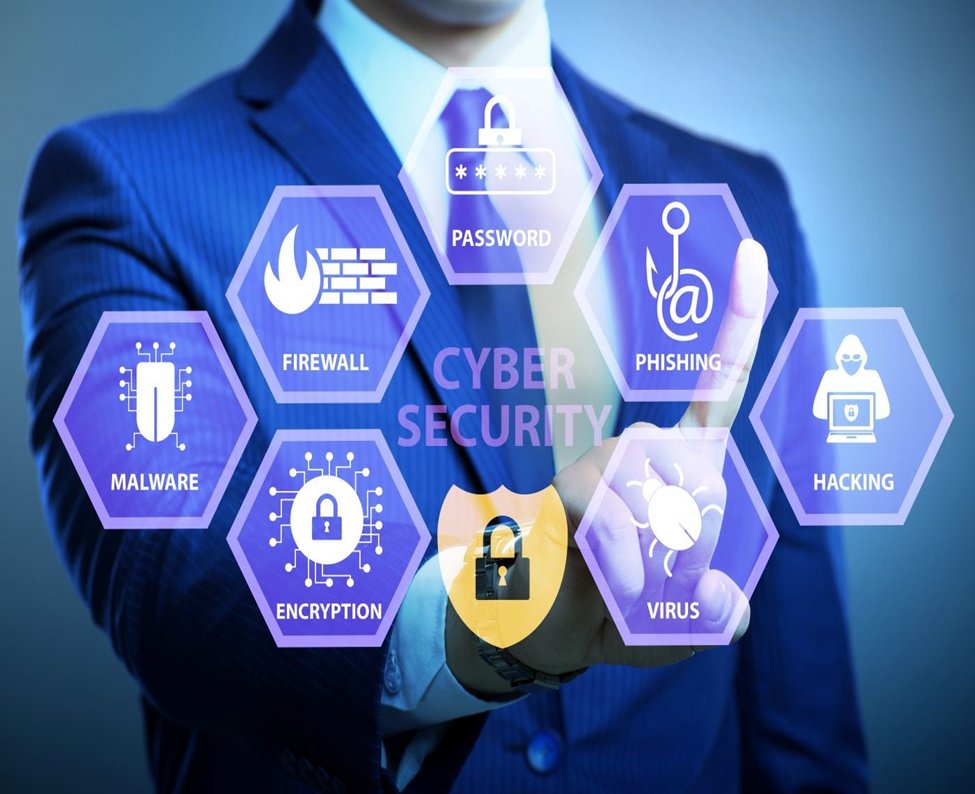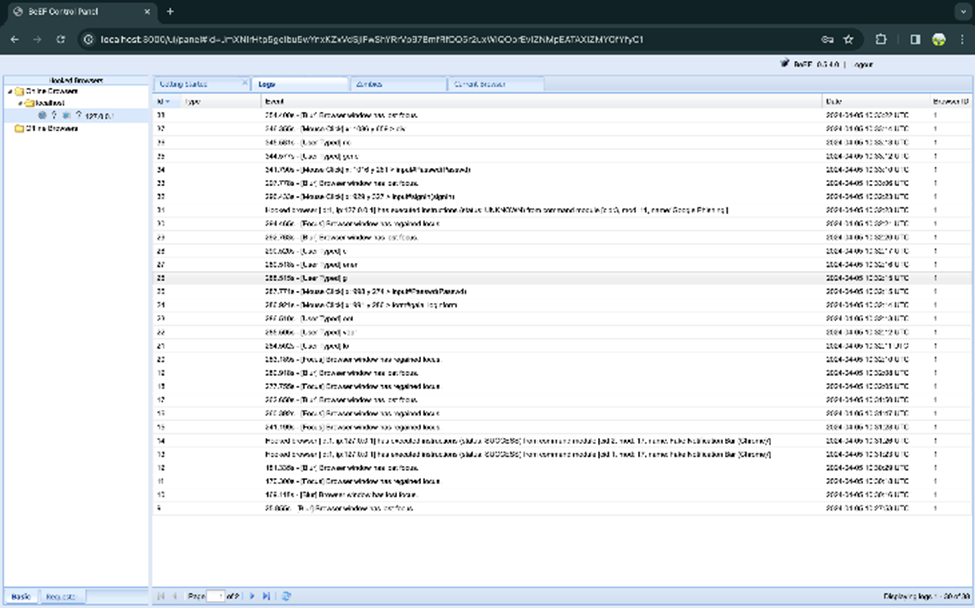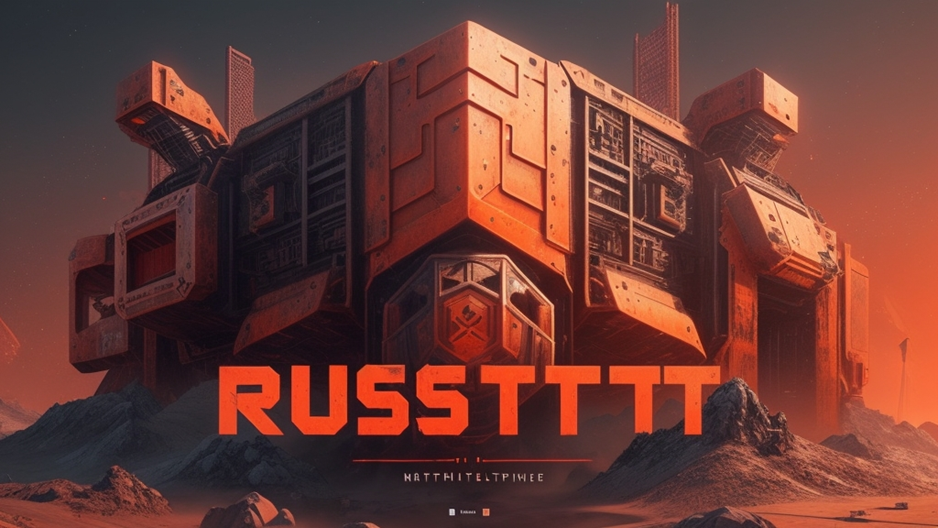The Solar Surge: Illuminating India’s Future

India’s solar energy sector is not just shining bright; it’s contributing significantly to the nation’s Gross Domestic Product (GDP). The country’s solar power adoption curve serves as a critical examination of a global dilemma: can developing nations balance economic growth with environmental stewardship? India’s pledge at COP 26 to achieve 500 GW of renewable energy by 2030 is a bold statement, representing a fourfold increase in operational assets. This ambitious goal underscores India’s commitment to sustainable development and positions it as a leader in the global renewable energy transition.
The solar industry’s impact on job creation is equally impressive. With the potential to generate approximately 3.4 million jobs through the installation of 238 GW of solar and 101 GW of new wind capacity, India is poised to meet its 2030 non-fossil electricity generation target. These green jobs not only bolster the economy but also support the nation’s developmental objectives.
Environmental benefits are at the core of solar energy’s appeal. Solar panels play a pivotal role in mitigating climate change, boasting a low ecological footprint and reduced carbon emissions. Nonetheless, the large-scale deployment of solar energy entails a spectrum of environmental considerations, including land use, ecological balance, and effects on water, air, and soil quality. These factors, along with the societal and economic implications, are critical components of India’s solar energy discourse.
Rural development in India is receiving a substantial boost from solar energy. The decentralized and modular nature of solar technology facilitates its application across various rural settings, enhancing productivity, safety, health, access to clean water, heating solutions, and overall livelihood. This energy revolution is transforming rural landscapes, empowering communities, and fostering inclusive growth.
For small businesses, solar energy represents a beacon of hope. It creates more employment opportunities per unit of energy than any other source, addressing the pressing issue of unemployment amidst India’s expanding population and workforce. However, the journey is not without its challenges. Small solar firms face hurdles in the competitive landscape of India’s renewable energy sector, navigating through policy, financial, and infrastructural obstacles.
In conclusion, the impact of solar energy in India is multifaceted, influencing economic, environmental, and social dimensions. As the nation strides towards its 2030 renewable energy goals, the solar sector will undoubtedly play a crucial role in shaping India’s sustainable future. The sun is not just a source of light; it’s the harbinger of a new era for India’s development and prosperity.
India is making significant strides in promoting sustainable energy sources, and the central government’s ‘PM – Surya Ghar: Muft Bijli Yojana’ is a testament to this commitment. This ambitious scheme aims to propel the nation towards a greener future by encouraging the adoption of solar energy through financial incentives.
The scheme offers a subsidy that covers up to 40% of the cost for installing solar panels on residential rooftops. This initiative not only promises free electricity for households but also presents a broader spectrum of benefits, such as reducing the government’s electricity expenses, increasing the adoption of renewable energy, and contributing to the global effort of reducing carbon emissions.
The subsidy support varies based on the average monthly electricity consumption of a household, with different brackets for consumption levels of 0-150 units, 150-300 units, and above 300 units. The recommended capacity of the rooftop solar plant ranges from 1 kW to above 3 kW, aligning with the consumption brackets, and the subsidy support ranges from ₹30,000 to ₹78,000.
In addition to the central government’s efforts, state governments across India are also offering subsidies, ranging from 40 to 60% of the total cost for solar panel installation. These subsidies are designed to be accessible for a wide range of installations, from small-scale residential systems up to 3 kW to larger systems between 3 kW and 10 kW.
The dual subsidy system from both central and state governments reflects a comprehensive approach to foster a sustainable energy ecosystem. It not only supports the economic aspect of solar energy adoption for individual households but also underlines the importance of collective action in the face of global environmental challenges.
The ‘PM – Surya Ghar: Muft Bijli Yojana’ is more than just a financial aid program; it’s a catalyst for change, driving India towards a future where clean energy is not just a choice but a way of life. As the world moves towards renewable energy, India’s solar subsidy schemes stand as a shining example of progressive policies aimed at environmental conservation and energy independence.
India is making significant strides in promoting sustainable energy, and one of the most exciting developments is the push for solar power across various states. With the government’s support through subsidies, solar energy is not just a dream but a rapidly unfolding reality.
Gujarat is leading the charge with a generous subsidy scheme, offering 40% for systems up to 3 kW and 20% for larger systems up to 10 kW. This initiative is a game-changer for residents looking to reduce their carbon footprint and energy bills.
Madhya Pradesh follows suit, matching Gujarat’s subsidy rates and emphasizing affordability with its focus on L1 prices. This approach makes solar power more accessible to a broader population, fostering a greener state.
Chhattisgarh’s policy is particularly interesting, providing a 40% subsidy for installations up to 3 kW and a tiered subsidy for larger systems. This encourages homeowners to consider solar power, regardless of their energy needs.
Rajasthan’s subsidy structure mirrors that of Chhattisgarh, promoting solar installations with a 40% subsidy for the first 3 kW and 20% for the remaining capacity. This policy reflects the state’s commitment to renewable energy and its benefits for the environment and economy.
Delhi’s innovative Solar Policy 2023 is a bold step towards a sustainable future. Residents consuming over 400 units of electricity can see their bills drop to zero with solar panel installation, supported by a capital subsidy. This move is a testament to Delhi’s vision of a cleaner, greener city.
Maharashtra’s subsidy program offers a 30% reduction in the total system cost for residential solar panels. This initiative is crucial in a state with a vast population and high energy demands, paving the way for a sustainable energy solution.
The South Indian States are not left behind, with the PM – Surya Ghar: Muft Bijli Yojana extending the solar revolution across the region. The subsidy covers up to 40% of solar panel costs, making clean energy a household staple. These subsidies reflect a nation’s commitment to a brighter, cleaner future. With each state’s unique approach to solar energy incentives, India is on a promising path to becoming a global leader in renewable energy. The sun is shining on India, and its people are ready to harness its power for a sustainable tomorrow. Exciting times are ahead as we witness the transformation of India’s energy landscape!
To apply for a rooftop solar panel subsidy in India, follow these steps:
1. Visit the official website of your state’s electricity distribution company (DISCOM) or the National Portal for Rooftop Solar.
2. Select a registered vendor from the list provided on the portal.
3. A DISCOM representative will visit your installation site to assess technical feasibility.
4. Once you receive DISCOM’s approval, the chosen vendor will commence the installation process.
5. After installation, submit the details of the solar plant and apply for a net meter through the portal.
6. DISCOM will conduct an inspection post-net meter installation and then issue a commissioning certificate via the portal.
7. Provide your bank account details and a cancelled cheque on the portal to receive the subsidy directly in your bank account, typically within 30 days.
You are eligible, if you are an Indian citizen, owning a house with a suitable roof for solar panel installation, you must possess a valid electricity connection, and you are not benefiting from any other solar panel subsidies.












